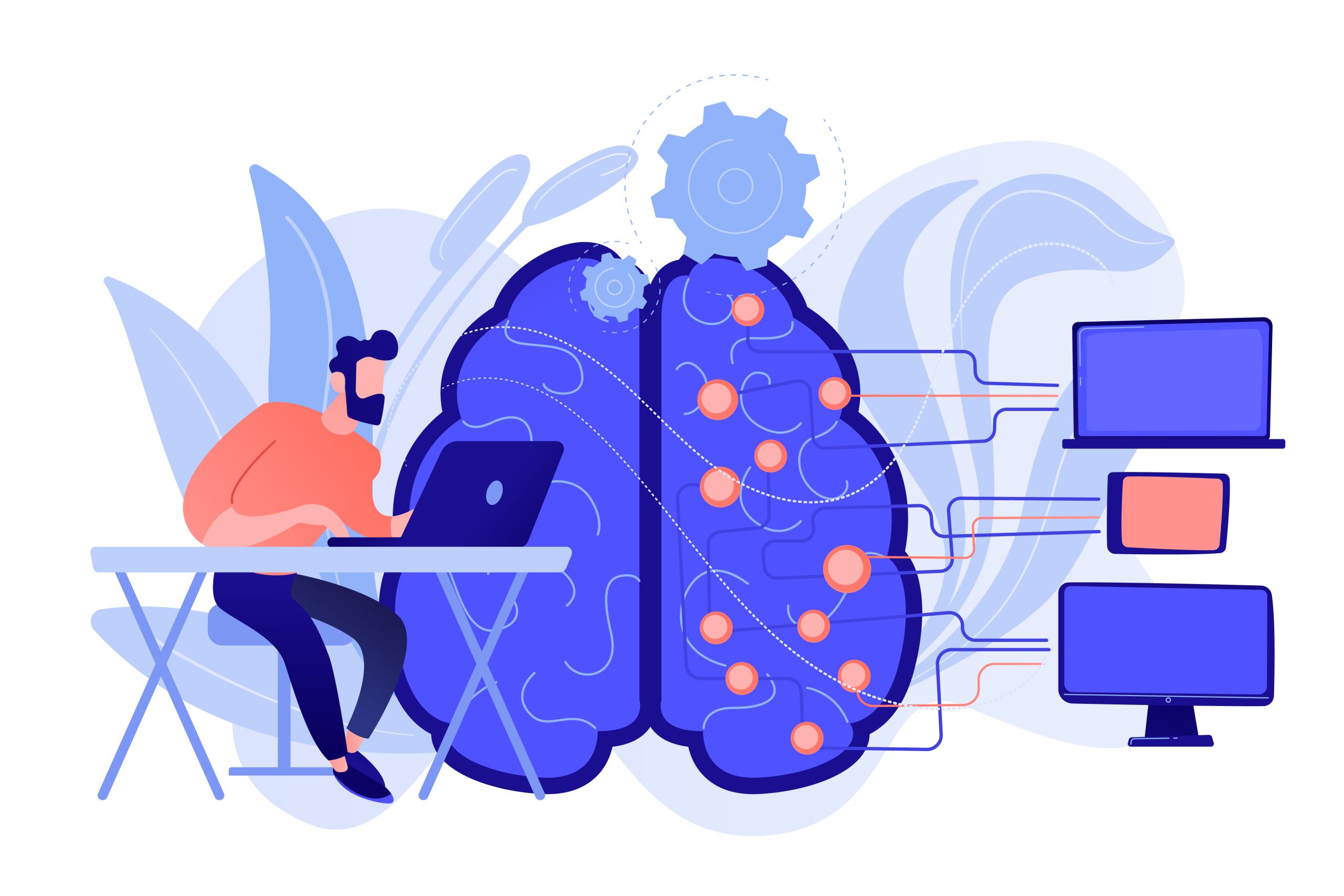Summary
- Deep learning is a powerful branch of artificial intelligence.
- It teaches computers to recognize patterns, classify data, and make predictions.
- Google’s DeepMind used deep learning to save 40% on energy costs of data centers.
What is Deep Learning?
Deep learning involves training computers to recognize patterns, classify data, and make predictions by mimicking the human brain’s neural networks.
It is a type of artificial intelligence that teaches computers to recognize patterns, sort information, and make predictions.
It uses computer programs called neural networks inspired by the structure and function of the human brain’s neurons.
This approach has led to remarkable breakthroughs in areas like image recognition, natural language processing, and robotics.
How Does Deep Learning Work?
Picture deep learning as an enormous game of “spot the difference” for computers. They absorb vast amounts of data, learn from them, and get better at spotting differences over time.
It’s like having a super-powered, math-savvy Sherlock Holmes by your side, ready to crack complex problems.
Google’s DeepMind
Google’s DeepMind has demonstrated the impressive potential of deep learning. In 2016, Google used DeepMind’s deep learning algorithms to optimize energy usage in its data centers.
The result? A whopping 40% reduction in energy consumption for cooling purposes.
This considerable saving was achieved by using deep learning to predict the data center’s Power Usage Effectiveness (PUE), which is the ratio of the total energy used by the data center to the energy used by its IT equipment.
The AI system learned to predict the PUE more accurately, enabling the data center to operate efficiently and minimize energy waste.
Conclusion
Deep learning is a fascinating technology with immense potential for innovation and progress. I hope this post has helped you understand deep learning and how it works.
Please share your thoughts and questions in the comments section below. Let’s continue the conversation about the exciting possibilities of deep learning.
- The Agentic Startup Manifesto - June 8, 2025
- Remote Hiring in 2025 - April 5, 2025
- Burnout in Remote Teams: How It’s Draining Your Profits - January 27, 2025
